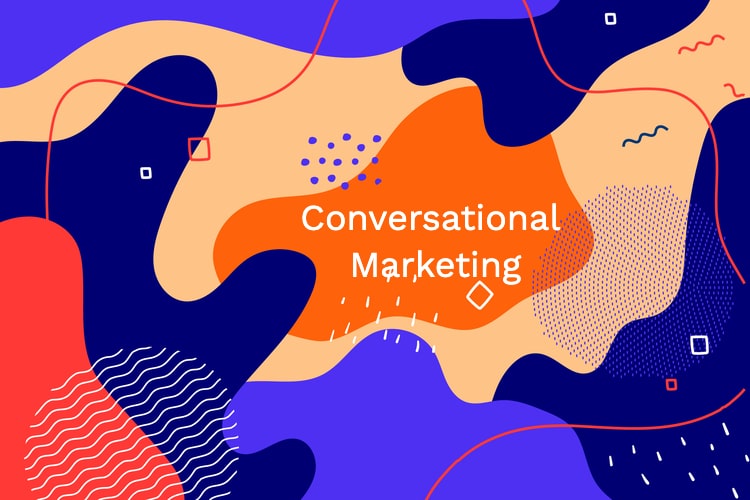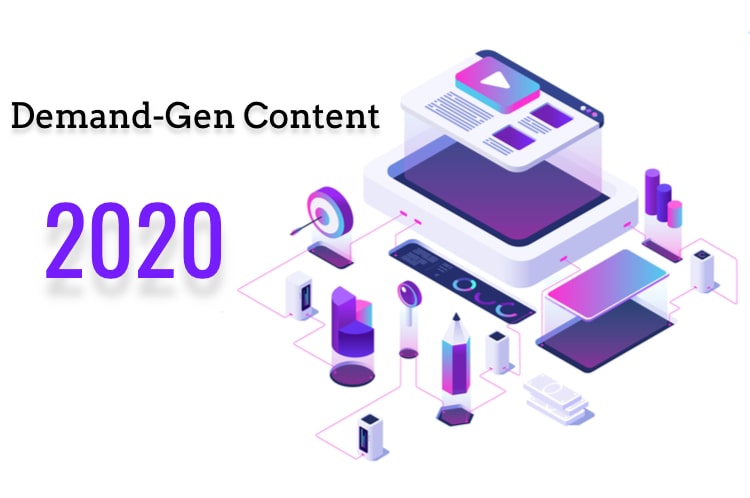How long do visitors stay on your website before clicking away? What makes them leave so quickly? And what can you do about it?
According to recent data by Chartbeat, more than half of the people who visit a website will spend less than 15 seconds before clicking away.
After looking at a random sample of 2 billion page views generated by over a half a million articles on 2.000 sites, Chartbeat discovered that most of the people who click on a page, don’t read. In fact, says Chartbeat’s CEO Tony Haile, 55% of them spend less than 15 seconds actively on a page. To put this into perspective, for every 300 people who land on a page, about 165 of them will bounce.
If you make a living blogging or if you are a company offering digital marketing or content writing services, all these numbers may sound terrifying. How are you supposed to increase conversion if people are tuning out after 15 seconds?
But Chartbeat’s study makes a good point: the web is changing and the way people are reading web content is changing as well. Gone are the days when you could stuff your articles with keywords and write spammy headlines and get away with it. There are good reasons why people are bailing out so quickly and it’s mainly your fault. But, here’s the good news: the mistakes are not irreversible.
Let’s take a look at some of the major reasons people may be leaving your website and what you can do to change this.
Reason #1: They Don’t Get What They Expect
In a post written for the Crazy Egg blog, Cody Ray Miller writes about his experience visiting the website www.nissan.com. Like many others, Miller thought the link will take him to Nissan Motor’s homepage. But instead, he ended up on a website selling computer parts.
If you were looking for information about the car company Nissan, but landed on a website about computer parts, would you have stick around?
Definitely not!
The exact same thing happens when your products don’t live up to the promises you made on the landing page. If you promised an amazing solution to your visitors’ problem, but the product isn’t what they were expecting, they will hit the “Back” button in an instant.
How to fix it: Never try to mislead users into thinking you are something you are not. They may fall for it at first and you may get some page views, but, in the long run, you are only hurting your business.
Make sure your domain name is unique and relevant to your customers. And, most importantly, try to be as honest and accurate as possible.
Reason #2: Poor Load Time
Internet users are busy creatures. There are tons of articles to be read, videos to be watched or photos to be shared. Why should they wait for your page to load when there are so many other options available?
According to Kissmetrics, 40% of people abandon a website if it takes more than 3 seconds to load. Furthermore, 79% of online shoppers said they will leave a web store without buying anything if the website performed badly. Around 44% of them will tell a friend about the poor experience they had. In addition to all these, page speed can seriously affect your SERP rank.
How to fix it: Do you really need 20 different WordPress plugins? Chances are you don’t.
Too often, marketers put off optimizing their website’s load performance, focusing on aesthetics. But, as much as you enjoy adding more plugins to make your pages more visually appealing, your users won’t appreciate the effort if it will affect their experience.
Remember this: every time you add another plugin or analytics program, you are slowing your site and hurting your users’ experience.
Reason #3: Bad Navigation
Web users have the attention span of a goldfish. If they can’t find what they want as quickly as possible and without doing the least amount of mental work, they will leave your website. We are exaggerating, of course, but the truth is not that far.
How to fix it: When you set up your site’s navigation, take your users’ needs into account. Do you want users to convert? Then you should make the “Buy” button easily accessible. Do you want them to explore your website? Then add some directional cues pointing towards what they might be interested in.
Always perform A/B tests to see if your navigation is intuitive and straightforward. Make sure it provides a smooth transition from one page to another and puts information in the front of the users, instead of making them guess where it could be.
Reason #4: Too Many Ads
If you run an ad-driven website, advertisement is important to you. But, this doesn’t mean you should prioritize ads over the content.
Burying your content in ads is an advertising tactic from the early days of the Internet. Nowadays, most publishers have come to the conclusion that the banner ad is dead. However, you can still find some websites that clutter their pages with pop-ups, banners, and auto-playing video ads.
How to fix it: Because they were used excessively, ads became a nuisance. As a result, ad blocking grew by 41% globally in the last 12 months and it will cost the publishing industry nearly 22 billion.
Instead of overwhelming people with ads, experiment with other ways of generating revenue, such as affiliate marketing or sponsored posts and reviews. You can work with a professional content writing service, which can help you create quality sponsored posts. This way you can generate new streams of revenue without stressing your visitors with annoying ads.
Reason #5: Low-Quality Content
Tell me if this sounds familiar: you were scrolling through your Twitter feed when you saw a great headline. You clicked on the link and started reading the article. After 30 seconds you realized that the headline was misleading and the information contained in the article was irrelevant. Or the content was so poorly written that you stopped reading after the first three paragraphs.
Hiring a unique content writing services company should be a priority for all publishers and marketers. You should make sure your website is updated regularly with high-quality content and with information that is relevant to what your audience is looking for.
How to fix it: There are a lot of ways you can create great content, starting with the massive number of content formats you can choose from. Whether it’s an infographic, a case study or a review, you just need to find out what makes your readers stay on the page.
Some of your visitors might enjoy reading blog posts, while others may prefer watching product reviews videos or scrolling through infographics. In order to be successful, you need to experiment with various kinds of media and see how your audience is engaging with each one of them.
If you are frustrated with your writing abilities, you can consider hiring an Expert Copywriter. There are plenty of content writing services and copywriting services that can ensure your business blog is full of great content.
Reason #6: Videos With Auto Play
I don’t know about you, but nothing annoys me more than a video that auto-plays when I land on a page. I want to be the one choosing how I consume the content. So, when I am bombarded with a cacophony of sounds and images, I immediately reach for the “Back” button
How to fix it: This is an easy one: don’t integrate videos with auto-play. It can have a negative impact on your users’ overall experience, determining them to leave and, probably, never return.
Reason #7: Outdated Design
You may think that looks aren’t important, but the ugly truth is that we all judge a website based on its appearance. In a study conducted by Dr. Elizabeth Sillence, participants were asked to review a number of websites and say whether they trust them or not. More than 94% of respondents said the reason they did not trust a website was the design.
How to fix it: It’s no secret that what users experience when they are visiting your website is a key factor that can determine whether they will engage with your content or leave immediately. Every design decision you make – from the color scheme you pick to the navigation type – will affect the user experience for better or for worse. And, be careful – most internet users have a low tolerance for slow and confusing websites.
Reason #8: Cluttered, Unreadable Pages
A cluttered website is confusing, exhausting and it looks very unprofessional. Moreover, if users can’t find what they want, they won’t return to your website, leading to a high bounce rate and a poor Page Rank.
How to fix it: Rather than cramming as much as you can in one single page, prioritize your content. If, for example, you want users to subscribe to your newsletter, make the call to action button the focus of your page.
Reason #9: Your website is not mobile responsive
I don’t know about you, but I send a lot of my time on my smartphone. So, when a website is not optimized for mobile, I hit the “Back” button without regrets.
As more and more people switch to mobile devices over desktop computers, it’s safe to say that the future is mobile. Making your website responsive and providing a mobile-friendly experience is not only a logical step but a smart one also.
Furthermore, responsive design ensures that your content is similar across all platforms, therefore always giving users the information they need and reducing the bounce rate.
How to fix it: The alternative to responsive design is creating separate websites for every device and struggling to build authority for each of them – meaning that you will have to run a separate SEO campaign for each. Not to mention that separate mobile websites do not rank well in search engines.
On the other hand, if you have one single responsive website, you will have to manage only one SEO strategy which integrates all devices. Wouldn’t that be much easier?
Reason #10: You have no call-to-actions
What do you do after you finished reading a great article? Do you share it? Do you write a comment expressing your thoughts on the subject? Do you subscribe to the mailing list? Or do you simply leave without taking action?
Chances are if there isn’t a clear call-to-action telling readers what to do next, they won’t do anything. You’ve made them stick around until the very end, but now you are losing out leads because you failed to ask for them.
How to fix it: Think about what you want your customers to do. Do you want them to download something? Tell them to do so. Do you want them to click on a link? Just ask them to do it! Do you want them to buy something? Add a big “Shop Now” button.
Your visitors won’t take action if you don’t ask them. Writing compelling and relevant call-to-actions will encourage them to take action before leaving the page.
Over to you
The way users read web content changes. When websites are built only for pageviews, cluttered with ads and flaunting bad design, you can expect people to leave and never return. But, there are things you can do in order to improve your users’ experience and keep them hooked and coming back.
Can you think of other reasons people are leaving a website? We’d love to hear your thoughts.








